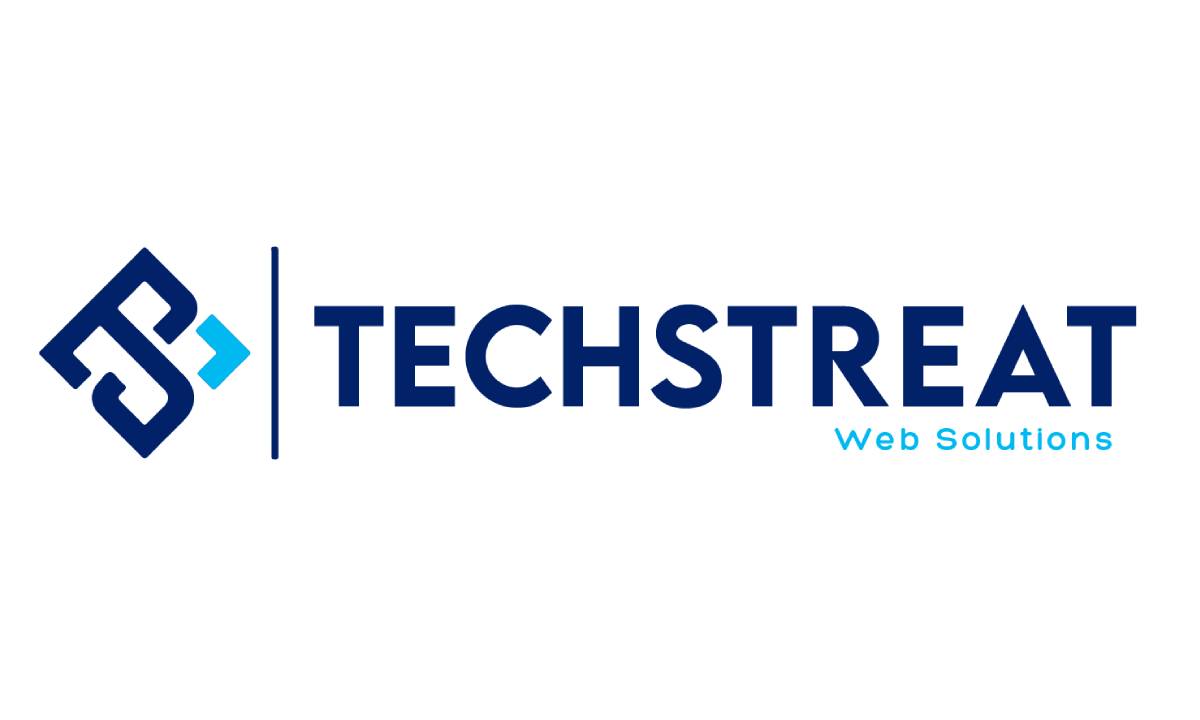
Professional Web Development Services
Partnering with the right web development company can make a significant impact.










© 2024 Crivva - Business Promotion. All rights reserved.